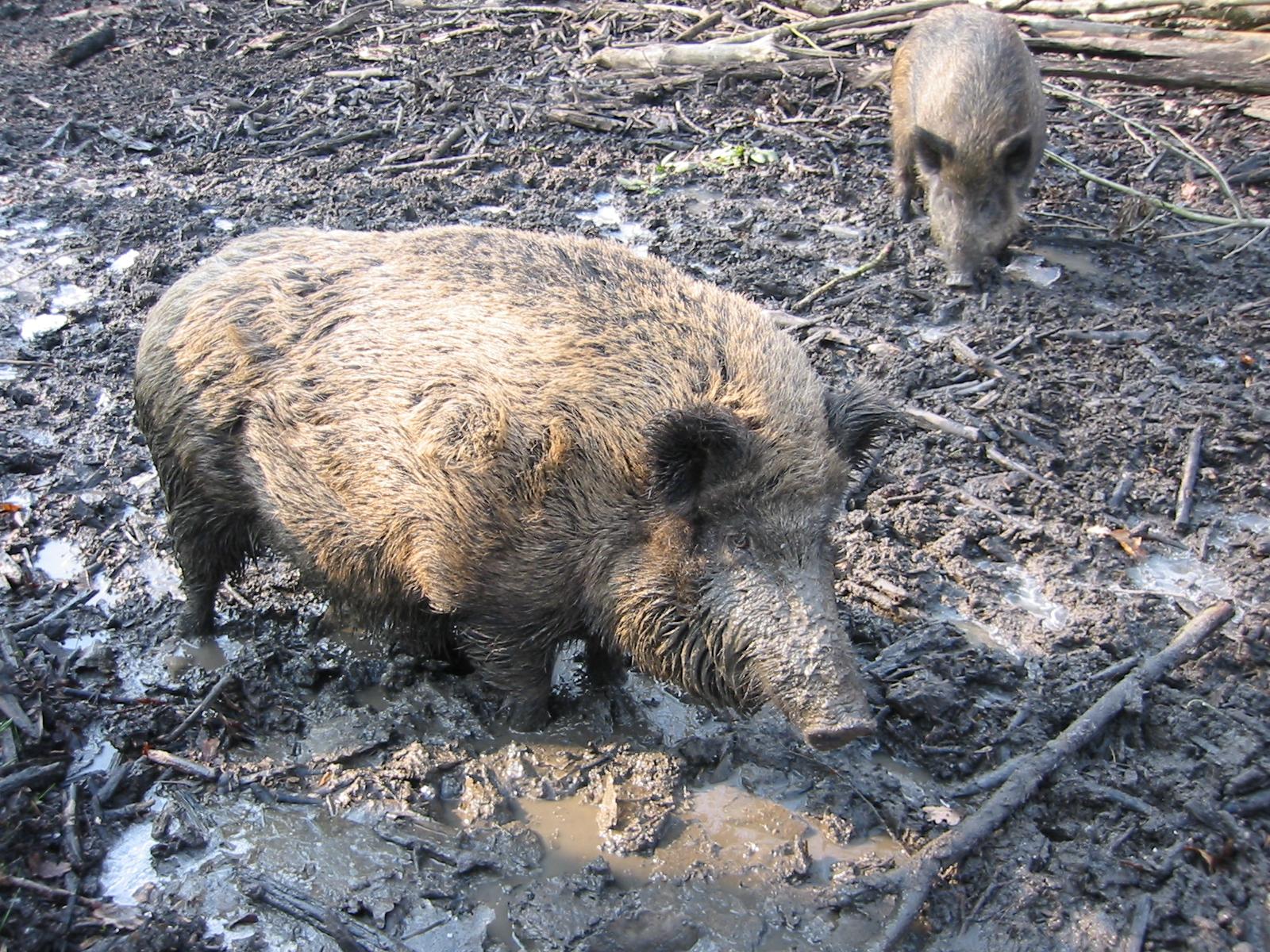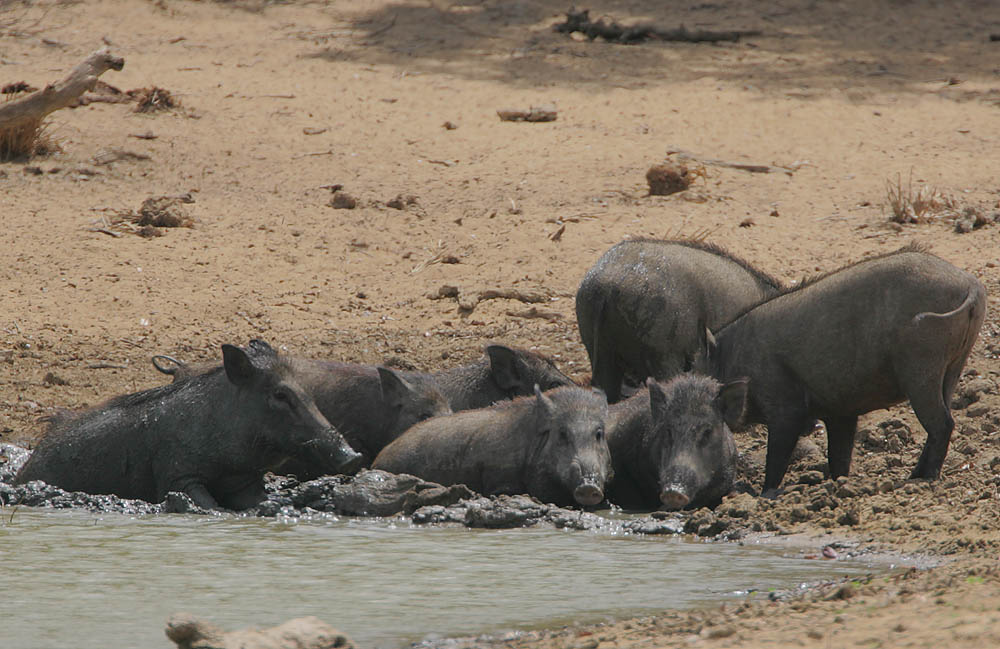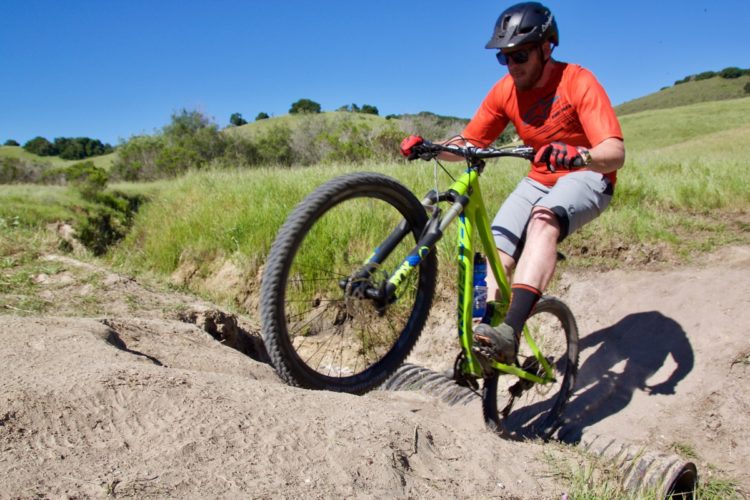
The hooves of native swine tramp trails throughout their forested habitats, over steep hillsides, and occasionally across mountain bike trails. The furry animals’ adaptability, alongside human intervention, has made wild boar one of the most widely spread mammals on the planet. In areas where they don’t have a natural predator, wild boar are considered an invasive species, and local governments work tirelessly to manage the population’s effects on native flora.

So what do boar populations have to do with mountain biking? For trail builders across Europe and any other place the sixteen species of boars call home, these fuzzy little buggers tend to create a fair amount of trail work every year. To use the tracks of northern Italy as an example, any time our soil is damp, cinghiale (the Italian word for boar) till the ground like tractors in search of fungus, tubers, roots, worms, and insects to eat. Their efforts often leave behind large mud bogs in the middle of singletrack, deteriorating built trail features and creating massive amounts of maintenance.
The lack of natural predators along with the release of a mixed-breed between pigs and wild boars into nature (originally created by farmers as livestock or for hunting) has caused a rise in the wild boar populations that damage trails while digging for roots and bugs in the soil.
In some Italian regions where hunting is popular there are good examples of cooperation between bikers and hunters to avoid having bikers ride closed trails during a hunt, but sadly not everywhere.
-Edoardo Melchiori

While the wild boars’ digging isn’t ideal for trail tread, their freshly plowed wallowing spas are most often found in poorly drained areas that require extensive annual maintenance with or without the pigs. IMBA Italia’s vice president, Edoardo Melchiori, recently shared a wonderful story of a trail builder who inventively uses the wild boar’s soil churning skills to build trail. This unnamed builder flags out the trail and then drops crumbs of food he knows the pigs will enjoy. After a few days, he returns to freshly turned soil that’s ready to be shaped into some sweet singletrack, cutting the dig time substantially. This symbiotic relationship should be nominated for the annual IMBA Europa stewardship award. Brilliant!
In areas where boar are considered native or naturalized, they are often feared. While individual animals have attacked humans in the past, all available information suggests that it’s an extremely rare occurrence. One Italian hunter I conversed with trailside shared some helpful advice for interacting with an angry boar. He said, “they are not the most agile animals. If they charge you, just stand still until they are about one meter away, and then jump to the side. They won’t be able to change course, and will likely run off into the woods.” I come across a sounder of boars several times each year, and though the animals have never given me anything but a good belly laugh and a reason to sit in the woods and listen as they wander off, I ride with the “jump at the last second” method in mind.
Trail builders and governmental organizations are not the only ones to work with or against wild boars. Fungus hunters in Italy have traditionally used wild boar to find hidden mycelium treasures. They train dogs to follow the swine trails that lead to all of the best fungal fruit. I’m not sure what the pigs get out of this relationship, but there is a good chance that the hunters using boar to locate their paychecks have some respect for their four-legged coworkers.

Most of the information in this article was obtained through conversations with trail builders and farmers and is not intended to be 100% scientifically accurate. Instead, the aim is to illuminate the lives of an intelligent animal that mountain bikers around the world interact with in a variety of ways.

























2 Comments
Feb 21, 2020
Feb 21, 2020